
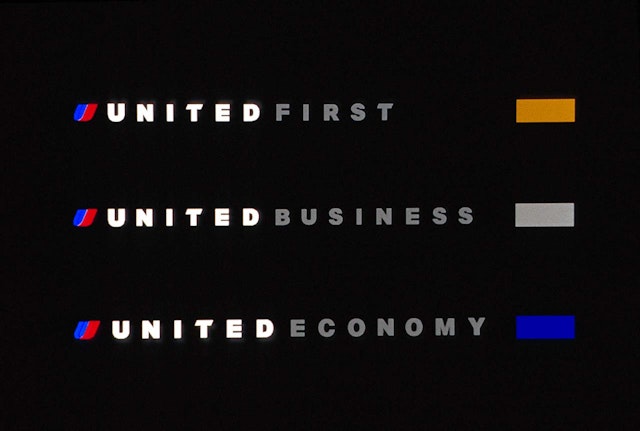
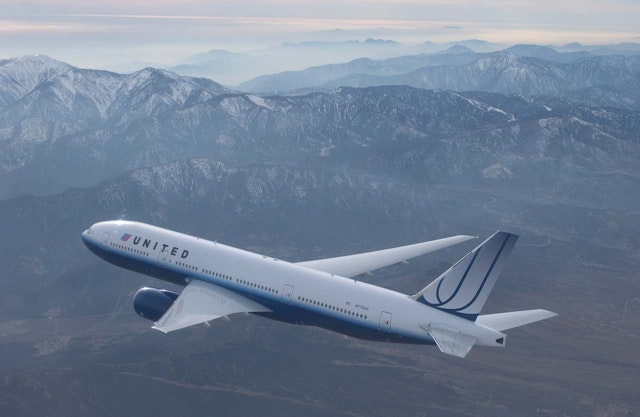

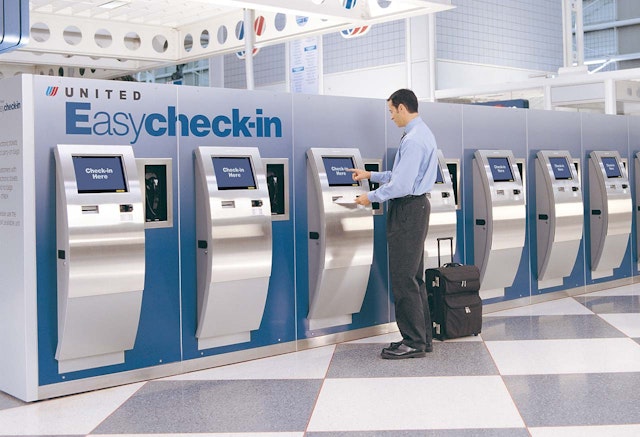

The United mark would be used in a bigger, bolder, more expressive way across the brand’s communications, often sweeping out of frame to emphasize the magic of flight.
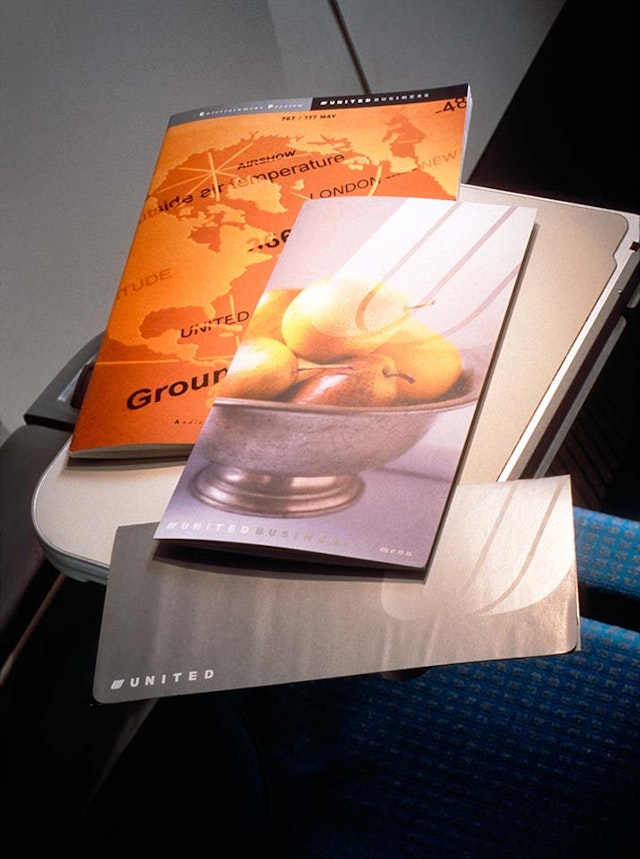

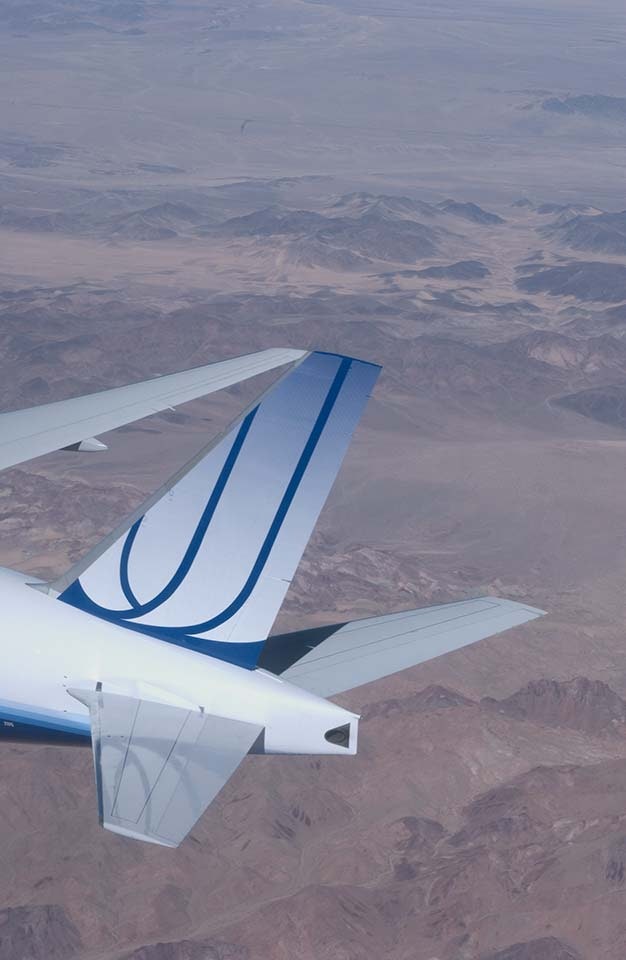
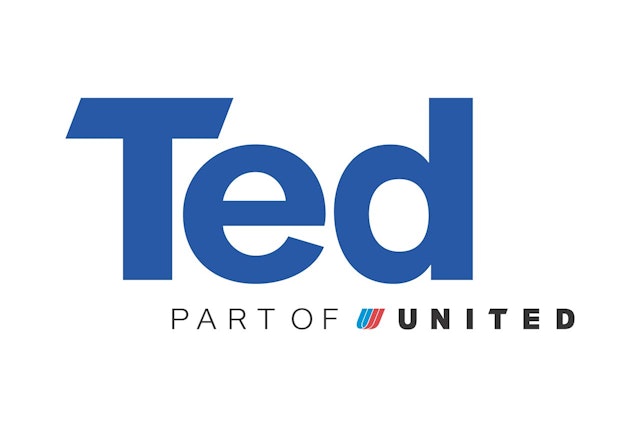
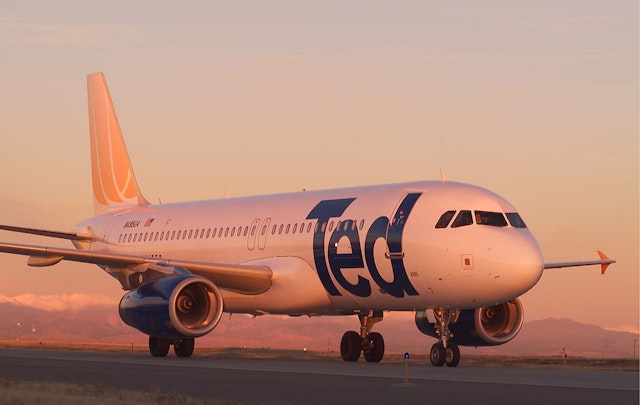
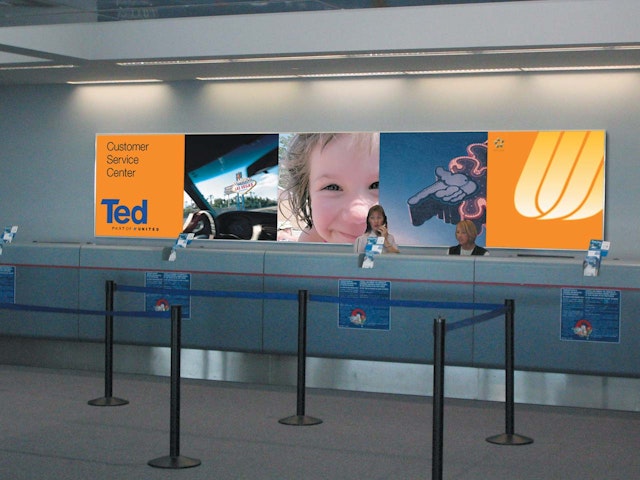
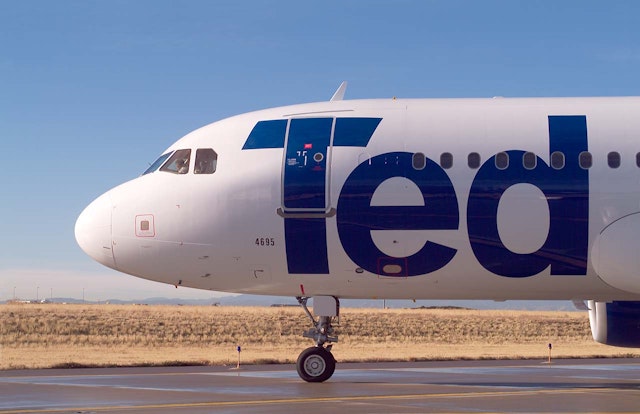
Since 1996, Pentagram has worked with United Airlines on a wide variety of design projects, eventually touching every aspect of the way the company is experienced by their customers. After an initial period of study, we proposed to begin this rejuvenation by putting two elements at the center of its graphic program. The first was the United name, which we though—and still think—is the best in the business: simple, confident, and expressive of so much about the world of air travel. The second was the symbol, which we decided to not merely keep, but to celebrate. The United mark would be used in a bigger, bolder, more expressive way across the brand’s communications, often sweeping out of frame to emphasize the magic of flight.
The typefaces selected were Bodoni and Helvetica. We refined the company's color palette and simplified the carrier's naming system. For instance, "Connoisseur Class by United" became the more straightforward "United Business.” The identity was applied throughout United's brand architecture.
A big part of the air travel experience is the time spent on the plane. There, your attention is focused on the immediate surroundings; every small detail of shape or texture can be important. Thus, in 2007, we also worked with a multidisciplinary team to transform United’s premium transcontinental product. The centerpiece of this effort was the design of seats that converted to lay-flat beds for long-haul flights. We also selected finishes, fabrics and new on-board amenities, consulting on every aspect of the customer experience.
The new cabins were designed in partnership with the in-house design team at B/E Aerospace, the world’s leading aircraft cabin manufacturer. The new seats were designed to provide more space and a better sense of privacy through an innovative forward- and rear-facing design. The cabin redesign was rolled out across 97 international aircrafts by the fall of 2009.
One of the most exciting projects in our history with United was the opportunity to create a new airline. In 2003, the company decided to launch a low cost carrier that would fly under a separate name to leisure destinations and appeal to budget-conscious travelers. We were asked to come up with a new name, identity, livery scheme and design standards for the new carrier. After considering hundreds of names, we discovered one right before our eyes: Ted. By using the last three letters of its parent’s name, Ted was able to signal just the right balance of informality and friendliness, with a built-in connection to the umbrella brand. (Note the customized T from the United wordmark, evidence of the brand’s parentage.)
Because it can be a costly and time-consuming enterprise, United delayed repainting planes to the new standard until 2004. The carrier’s gray-and-dark blue livery was replaced by a brighter, stronger color scheme, with the confident use of the symbol on the tail and the wordmark in simple black-on-white on the body. The original logo was juxtaposed with the wordmark.
Office
- New York
